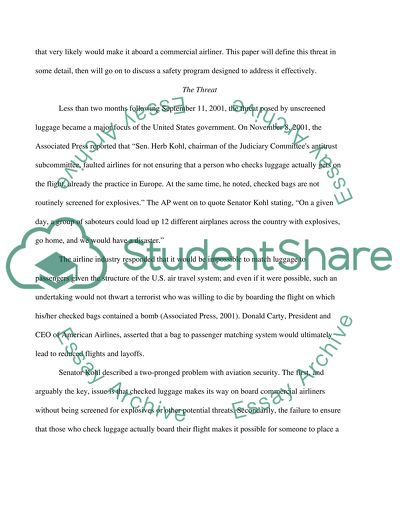Cite this document
(“Aviation Safety Essay Example | Topics and Well Written Essays - 2750 words”, n.d.)
Retrieved from https://studentshare.org/miscellaneous/1509093-aviation-safety
Retrieved from https://studentshare.org/miscellaneous/1509093-aviation-safety
(Aviation Safety Essay Example | Topics and Well Written Essays - 2750 Words)
https://studentshare.org/miscellaneous/1509093-aviation-safety.
https://studentshare.org/miscellaneous/1509093-aviation-safety.
“Aviation Safety Essay Example | Topics and Well Written Essays - 2750 Words”, n.d. https://studentshare.org/miscellaneous/1509093-aviation-safety.


